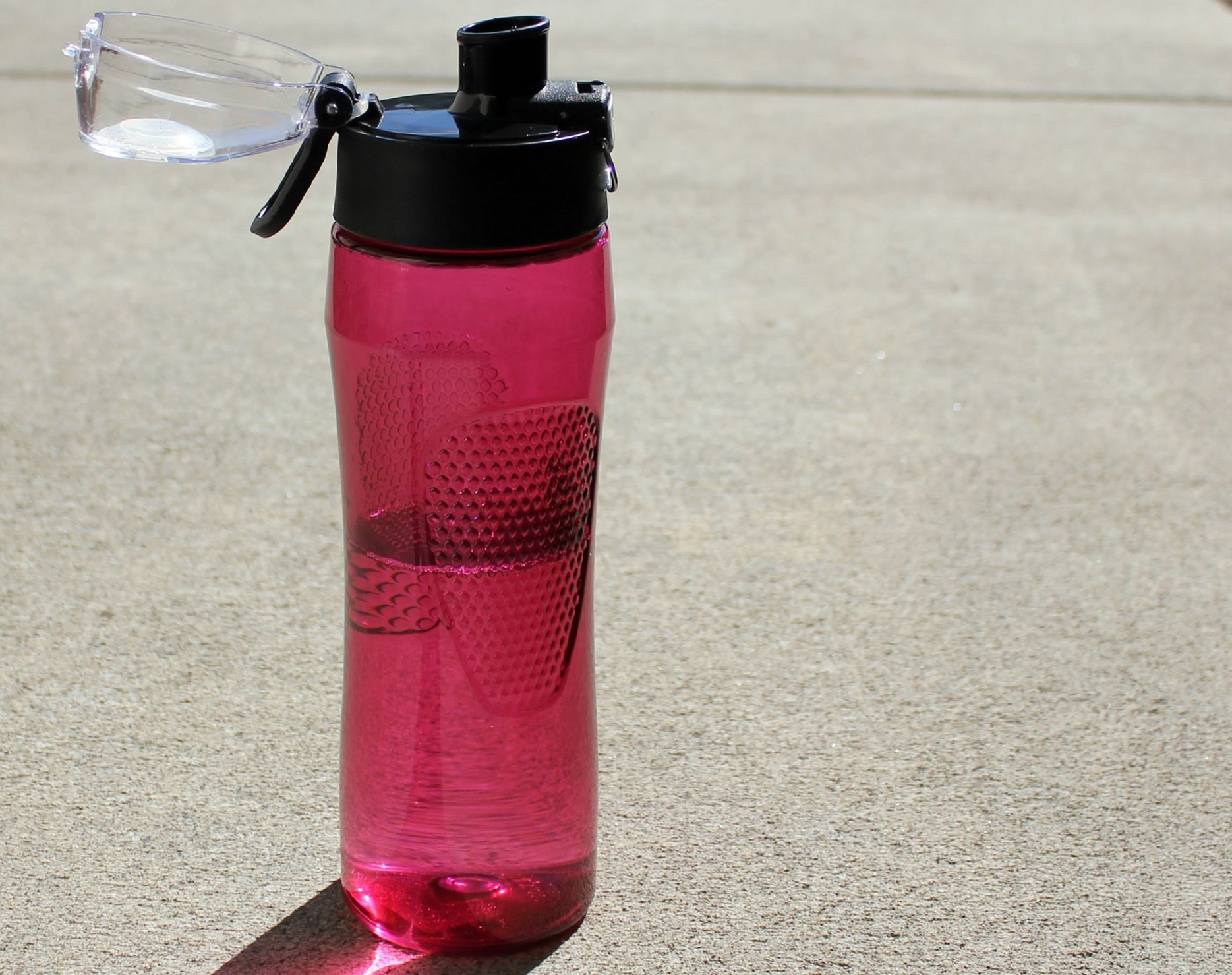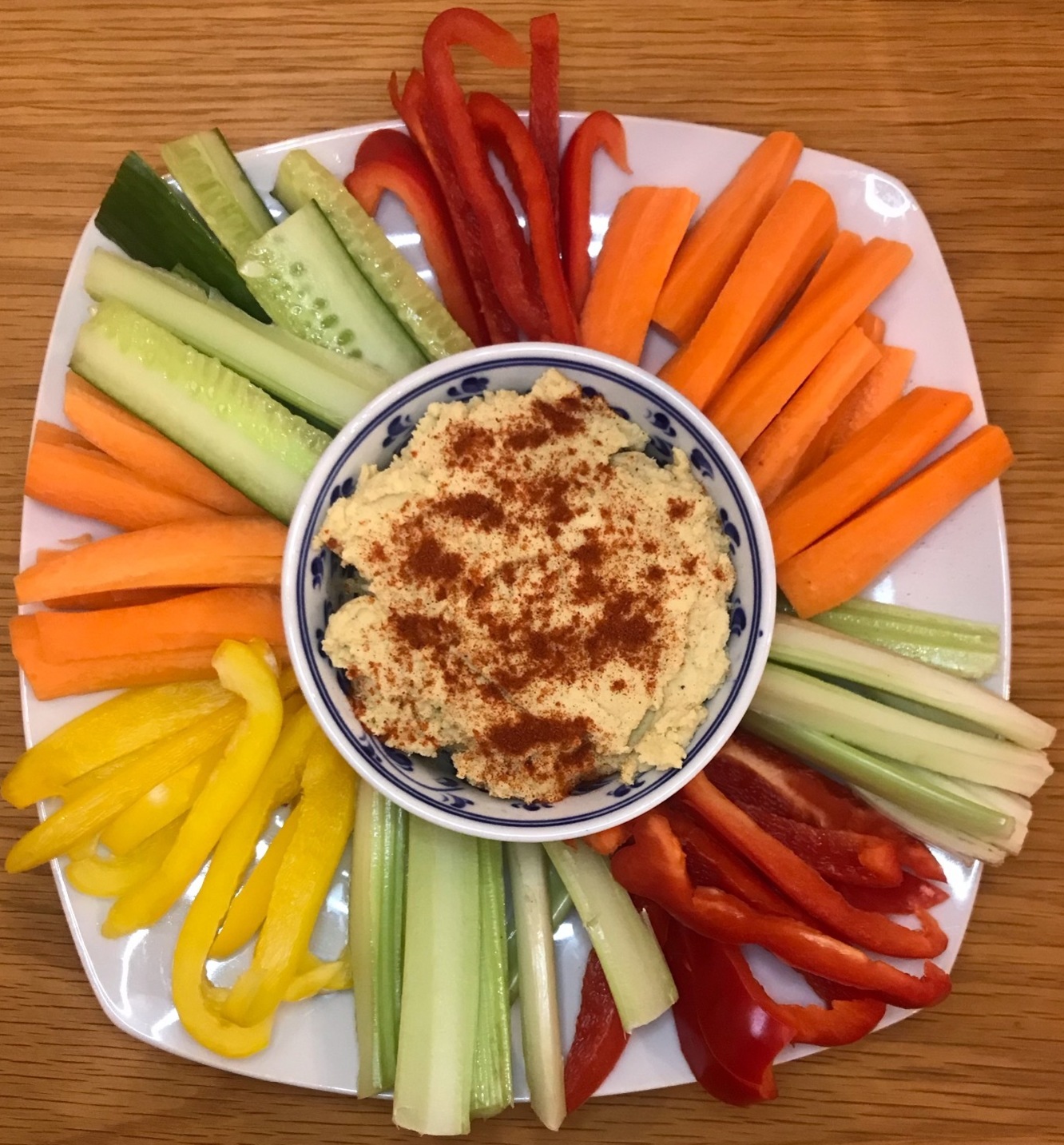Runner's Tummy
Posted on 3rd February 2020 at 14:09
Sufferers of this will be all too familiar with the embarrassing and inconvenient symptoms – perhaps even been caught out by the faecal urgency, vomiting, nausea or pain it causes. Most common in runners, runners tummy or ‘Exercise-Induced Gastrointestinal Syndrome’ affects 30-50% of endurance athletes e.g. runners, cyclists, triathletes1.
So, what IS Runner's Tummy and why do some athletes suffer from it?
Sufferers usually experience symptoms of bloating, regurgitation, vomiting, flatulence, urgency to defecate and diarrhoea during or after strenuous exercise2.
During exercise, blood flow to the working muscle increases in order to provide it with fuel and oxygen (increased activity of the sympathetic nervous system). This diverts blood flow away from the digestive system thus reducing gut function, causing intestinal damage and increasing permeability3. This impairs the nutritional transport mechanisms resulting in malabsorption of nutrients consumed during exercise. This may make it difficult to fuel adequately during exercise but we need fluid and carbohydrates to maintain hydration and performance so what can we do?
How to manage Runner's Tummy
Hydration
There is emerging evidence that hydration status plays a role in the degree and duration of exercise induced gut symptoms. As dehydration occurs, blood plasma volume decreases – thus reducing blood supply to the gut, and core body temperature increases which will further aggravate gut symptoms.
- Be well hydrated before beginning exercise
- Avoid the need to play ‘catch up’ during the exercise session
- Important not to over-hydrate either which can cause hyponatraemia (low blood salt), and occurrence of gut symptoms
- Follow a personalised hydration strategy during exercise (to design this, the athlete needs to know their usual fluid losses during an event – by monitoring weight and urine colour pre and post session)
- In the absence of a personalised plan, the American College of Sports Medicine guidelines of consuming 4-7mls/kg 4 hours before exercise could be used4 – this can be quite a large volume therefore sufficient time should be allowed for absorption to occur.


Dietary Changes
Dietary triggers are very individual, to identify them, a detailed food and symptom diary should be kept and used in consultation with a qualified sports nutritionist if necessary, to devise an individual strategy.
Some athletes find that high fibre or high fat foods can aggravate symptoms as they slow gastric emptying. However high fibre foods form an important part of a healthy diet, therefore should not be eliminated, but rather an individualised plan should be devised to reduce specific triggers for 24-48hours pre-event. This may consist of white refined carbohydrates, no wholegrains with limited fruit and vegetables and avoidance of high fat foods – not exactly the picture of a healthy balanced diet, therefore a targeted approach should be used around important training or competition events.
Meal timings can be important and an athlete should aim to consume their main meal 3-4hours before exercise, with a small snack 1-2hours pre-event if tolerated.
If an athlete suspects they have any dietary intolerances, this should be investigated with professional guidance, and any unsupervised elimination diets should be avoided due to the risk of nutritional deficiencies and compromised performance.
Gluten
There’s often a mistaken belief that following a gluten free diet leads to improved performance, there is no evidence to support this, however 41% of athletes are currently following a gluten free diet (4 times higher than the general population) for self-diagnosed gluten sensitivities5,6. 84% of these athletes do report symptoms improvement but it’s important that such an elimination diet is done with proper professional guidance as endurance athletes will have higher energy and carbohydrate requirements that will need to be met from alternative sources, also important that underlying medical conditions are not being over-looked!

FODMAPs
FODMAPs are types of carbohydrates that are not fully absorbed in the small intestine so travel into the large intestine where they’re fermented by colonic bacteria. In susceptible individuals, they can increase luminal fluid content, affect the rate of gastric emptying and cause lower GI symptoms e.g. diarrhoea and flatulence7.
Investigation into the use of a low FODMAP diet to reduce symptoms of runners tummy is still very much in its infancy, however initial research has found that a low FODMAP diet significantly reduced GI symptoms of flatulence, urgency to defecate, loose stools and diarrhoea compared to a high FODMAP diet8,9. More research is needed before recommendations can be made however there may be a role for a modified and individually tailored low FODMAP diet in the few days prior to an endurance competition - done under the guidance of a suitably qualified and experienced sports dietitian.
Other Strategies
- Gut Training: Novel theory that carbohydrate absorption and oxidation can be improved using a structured high carbohydrate gut training protocol10,11.
- Supplements: No evidence that they improve gut symptoms or improve performance12.
- Environment: Symptoms may be worse in warmer climates (30-35C vs 20C)2.
- NSAIDs: avoid anti-inflammatories prior to exercise2.
- Stress: Contributes to gut symptoms via the gut-brain axis, stress management using, for example, Cognitive Behavioural Therapy, may be worth considering.
Summary
Runner’s tummy is a troublesome and prevalent condition with several modifiable factors e.g. exercise intensity and duration, environmental conditions, gut motility, damage and microbiome.
To help reduce symptoms, athletes should consider:
Individualised dietary modification strategies e.g. fibre, FODMAPS, meal timings
An individualised hydration strategy which allows them to begin exercise well hydrated and maintain euhydration during exercise, and accounts for heat acclimatisation
Gut training
Appropriate carbohydrate intake to avoid under or over-feeding
Avoiding the unnecessary use of nutritional supplements
Be mindful of pacing and exercise intensity
And finally, any proposed race nutrition strategy should be practiced during training – don’t try anything new on race day!

If you feel you would benefit from working with me on your sports nutrition, please get in touch here
References
1. de Oliveira EP, Burini RC, Jeukendrup A (2014). Gastrointestinal complaints during exercise: prevalence, etiology, and nutritional recommendations. Sports Medicine; 44(Suppl. 1): S79–85.
2. Costa RJS et al. (2017). Systematic review: Exercise-induced gastrointestinal syndrome- Implication for health and disease. Alimentary Pharmacology & Therapeutics; 46(3): 246-265.
3. van Wijck K, et al. (2011). Exercise-induced splanchnic hypoperfusion results in gut dysfunction in healthy men. PLOS One; 6(7): e22366
4. Sawka MC, et al. (2007). American College of Sports Medicine Position Stand: Exercise and Fluid Replacement. Medicine & Science in Sports & Exercise; 39(2): 377-390
5. Lis DM, et al. (2015). Exploring the Popularity, Experiences, and Beliefs Surrounding Gluten-Free Diets in Nonceliac Athletes. Sports Nutrition and Exercise Metabolism; 25(1): 37-45
6. Lis DM, et al. (2016). Commercial Hype Versus Reality: Our Current Scientific Understanding of Gluten and Athletic Performance. Current Sports Medicine Reports; 15(4): 262-268
7. Lis DM, et al. (2016). Commercial Hype Versus Reality: Our Current Scientific Understanding of Gluten and Athletic Performance. Current Sports Medicine Reports; 15(4): 262-268
8. Lis DM, et al. (2018). Low FODMAP: A Preliminary Strategy to Reduce Gastrointestinal Distress in Athletes. Medicine and Science in Sports & Exercise; 50(1): 116-123
9. Lis DM, et al. (2016). Case Study: Utilizing a Low FODMAP Diet to Combat Exercise-Induced Gastrointestinal Symptoms. International Journal of Sports Nutrition and Exercise Metabolism; 26(5): 481-487
10. Jeukendrup AE (2017). Training the Gut for Athletes. Sports Medicine; 47(Suppl 1): 101-110
11. Costa RJS, et al. (2017). Gut-training: the impact of two weeks repetitive gut-challenge during exercise on gastrointestinal status, glucose availability, fuel kinetics, and running performance. Applied Physiology, Nutrition, and Metabolism; 42(5): 547-557.
12. Monash University. Food as Medicine: Food, Exercise and the Gut – Supplements. Accessed online: https://ugc.futurelearn.com/uploads/files/e6/d2/e6d28902-e84c-43dd-bde8-b05693e36f47/FAM_EXERCISE_supplements.pdf (May 2019)
Share this post:





